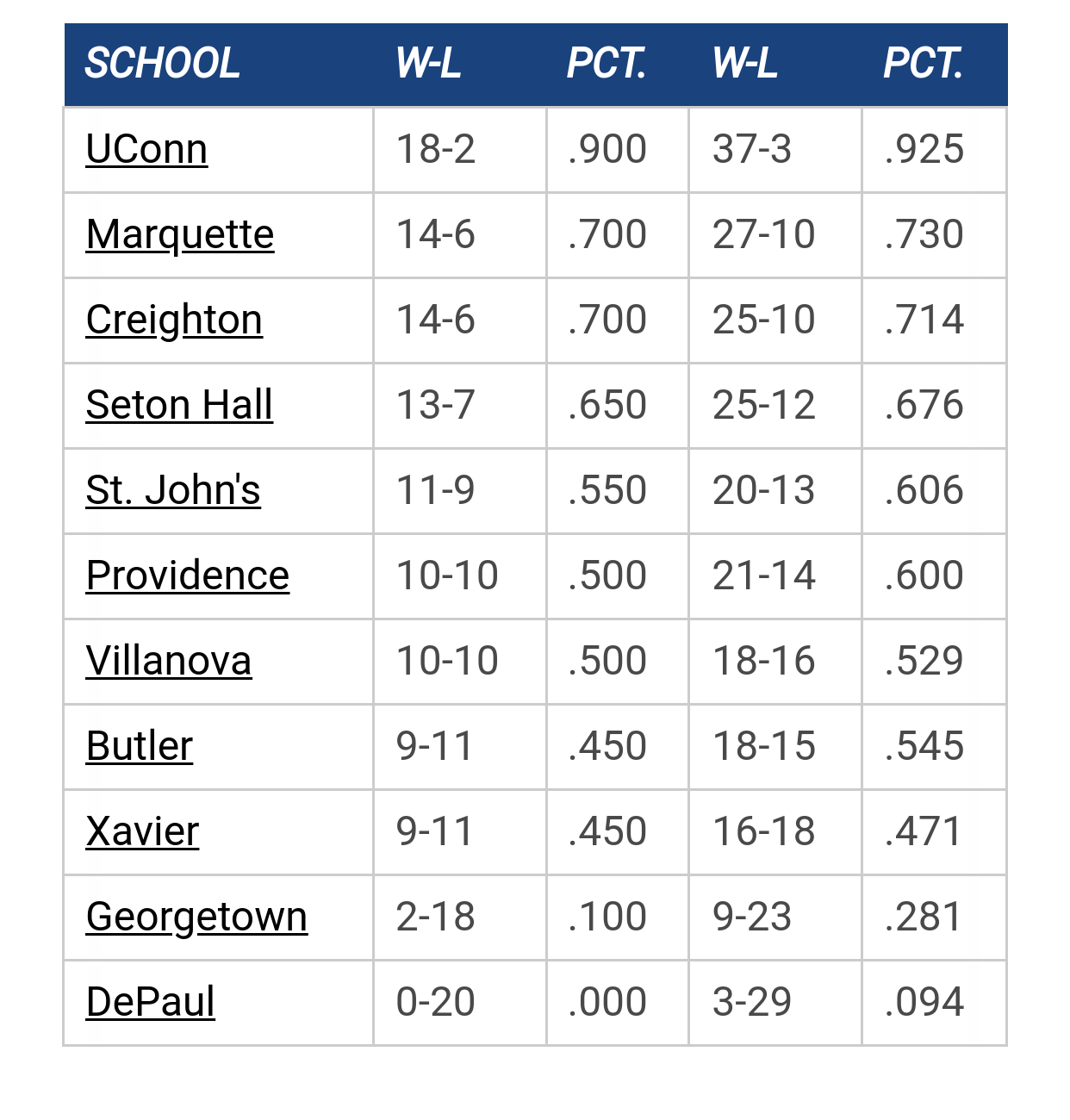Interesting view on the random effects of game theory where each game is 50/50 like a flip of a coin. Of course, a NCAA game is not 50/50 crapshoot of random effects as talent, skill, athleticism, officiating, coaching (and in Dayton's case, home court advantage) come into play. I prefer Pomeroy, who has a predictive system based on many of these factors, and weights them appropriately, including looking at Luck, based on the past.
For example, under Pomeroy, Kentucky has a 33.8% chance of winning it all. Or, one in three. Georgetown had a 33.9% of making the S16 while Utah had a 51.7% chance. Nova, on the other hand, had a 81.6% chance of making the Sweet 16.
A crapshoot, like featured on in the article, assumes equal odds. Your most important point has to do with sample size--the one game where some of these other factors away from a team's tendency, come into play for a game--and would go back to the norm in a 4 or 7 game playoff. Like in the Nova game where they had their worst eFG% game of the season (Nova's far and away strength), while not being able to rebound better than their average (which has been middling all year anyway)...and the match up with NCST who controlled those boards by 13 (and possessions in a one possession game). One game out of their norm killed them.
Is it pure luck (crapshoot with equal odds) or a team (NCST) controlling the strengths of their opponent (eFG%) while exploiting their match-up advantage (rebounding)? I credit NCST vs. George Washington like you.
BTW, I am winning my bracket following Pomeroy.





